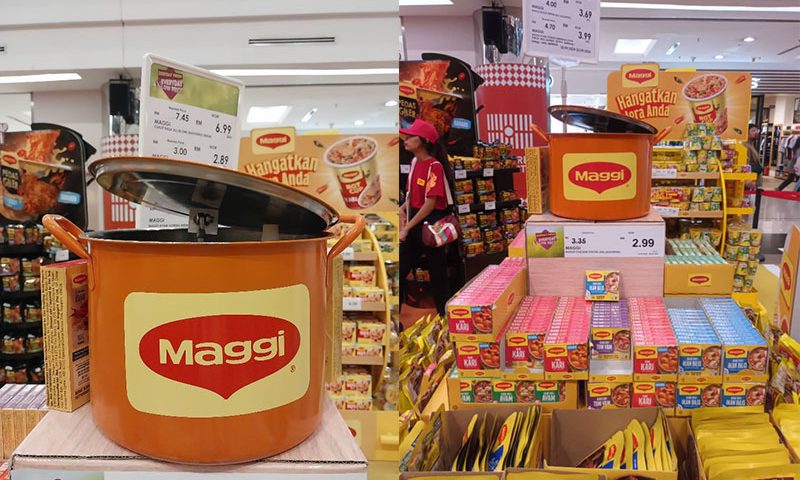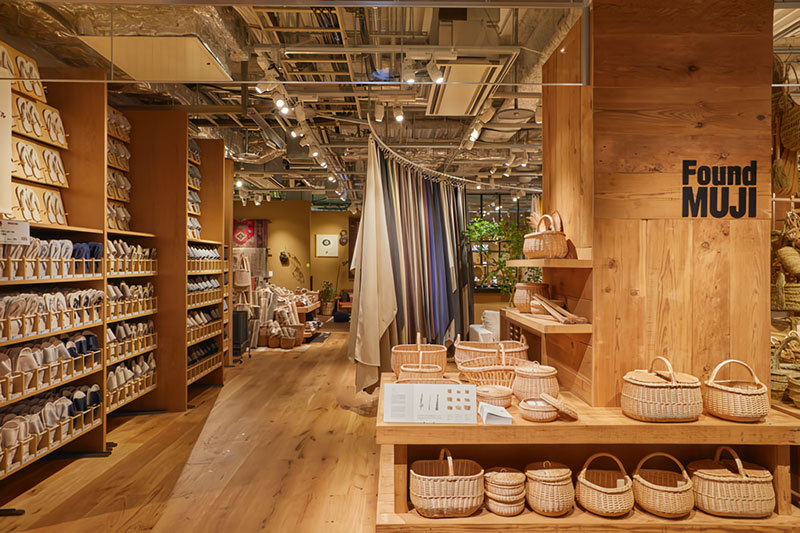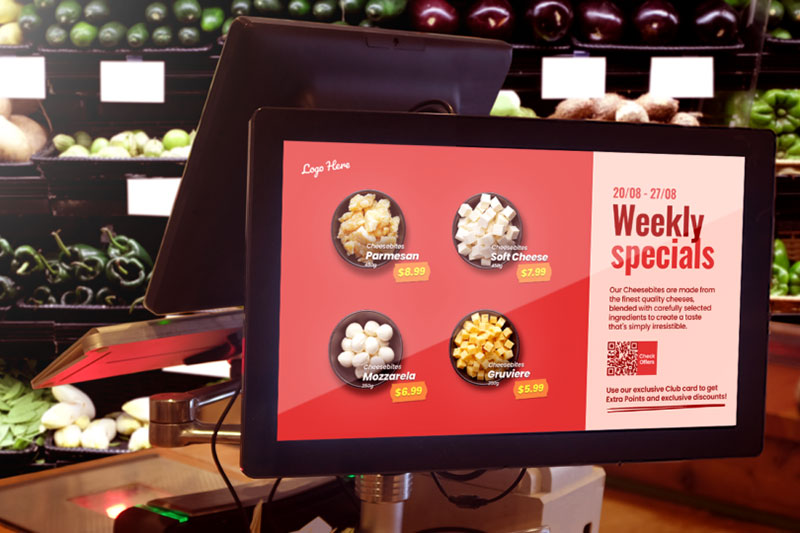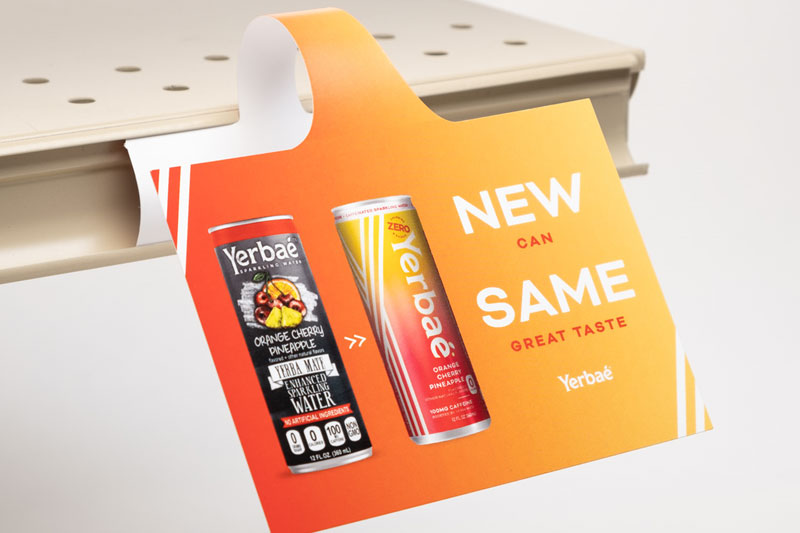In today’s fast-paced retail environment, the average person is exposed to between 4,000 and 10,000 advertisements per day. With such an overwhelming volume of visual stimuli, brands are in a constant battle to stand out. One of the most effective ways to cut through the noise and capture consumer attention is through motion-based POSM (Point-of-Sale Materials).
From rotating signs and interactive digital screens to mechanised product displays, kinetic POSM leverages motion psychology to create high-impact visual experiences. Not only does it engage shoppers more effectively than static displays, but it also drives sales, enhances brand recall, and creates an immersive retail experience.
Why Motion Matters in POSM
Static displays often struggle to hold attention in high-traffic retail environments. With shoppers moving quickly through stores, it’s easy for posters, shelftalkers, and block displays to blend into the background.
However, motion naturally draws the human eye. Our brains are wired to detect movement, which makes kinetic POSM a powerful tool for retailers looking to increase visibility, enhance shopper engagement, improve message retention, and create emotional connections.
Example: Tourists from around the world still flock to Osaka, Japan, to see the famous moving crab signage outside the Kani Doraku Dotonbori Main Branch. This kinetic POSM display is iconic, memorable, and drives foot traffic, years after its launch.

How Motion Displays Enhance Shopper Attraction
1. Increased Visibility
Whether it’s a spinning sign, a floating display, or an LED animation, movement commands the shopper’s gaze and helps a product stand out in crowded aisles.
Example: Instead of relying on traditional posters or shelftalkers, INK Marketing developed a motion-based POSM that featured a cooking pot with a lid that moved up and down as if it were bubbling with excitement, mimicking the real-life experience of cooking Maggi noodles. Adding an extra layer of engagement, the pot didn’t just move, it also sang! This unexpected visual element acted as a shopper magnet, stopping people in their tracks and drawing them toward the display.
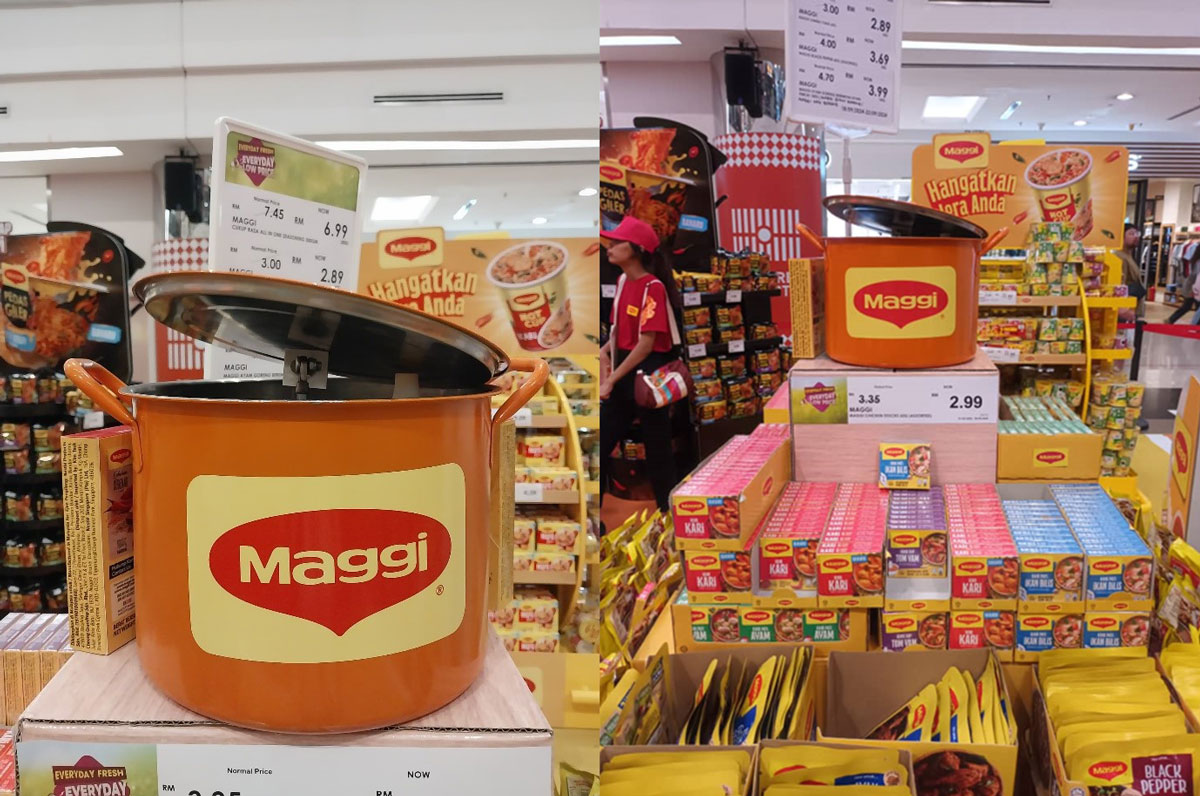
2. Improved Engagement
Kinetic POSM encourages active shopper interaction, making retail more immersive and experiential. Touch-responsive digital screens or pressure-sensitive displays make the shopping experience more engaging.
Example: McDonald’s self-service kiosks not only showcase interactive menus and promotions, but also allow seamless ordering, enhancing both customer experience and operational efficiency.
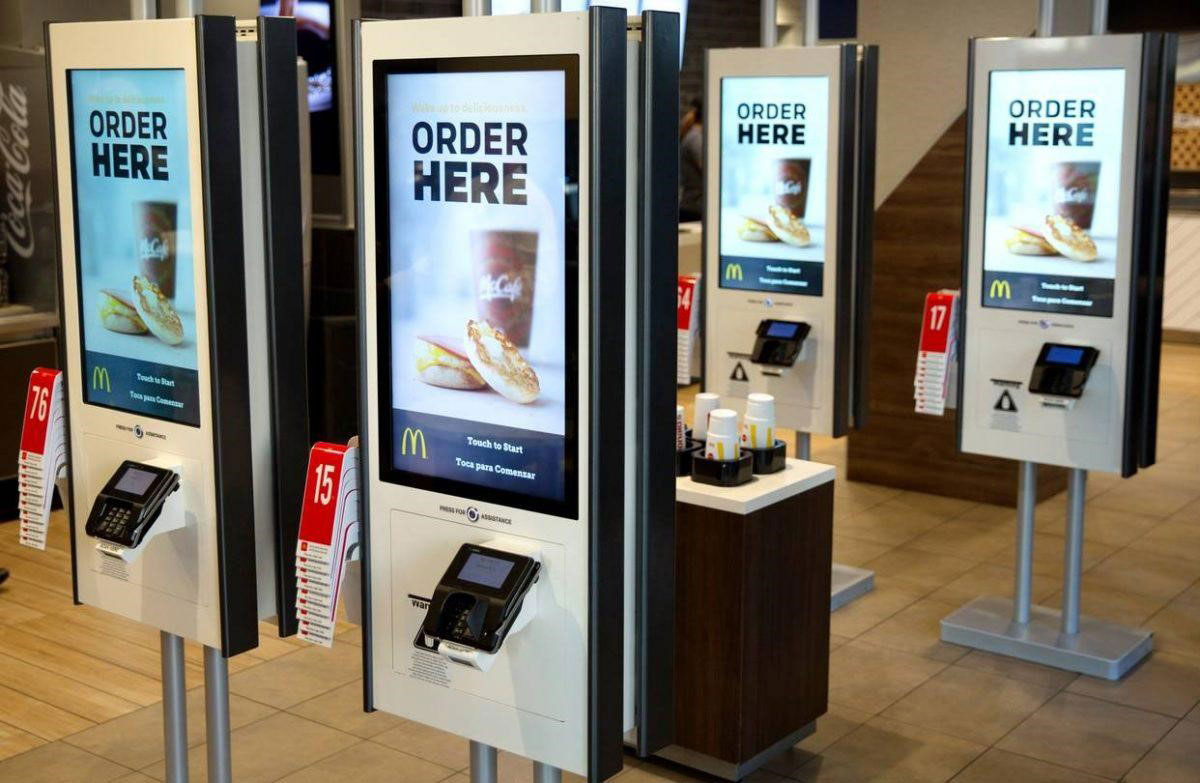
3. Higher Message Retention
Consumers are more likely to remember moving visuals compared to static imagery. Brands that incorporate animation, motion graphics, or real-time digital elements create stronger brand recall.
Example: Adidas’ interactive footwear display used pressure-sensitive floor graphics in select stores. When shoppers stepped on designated spots, the display lit up, showcasing the shoe’s features in a dynamic, engaging way.
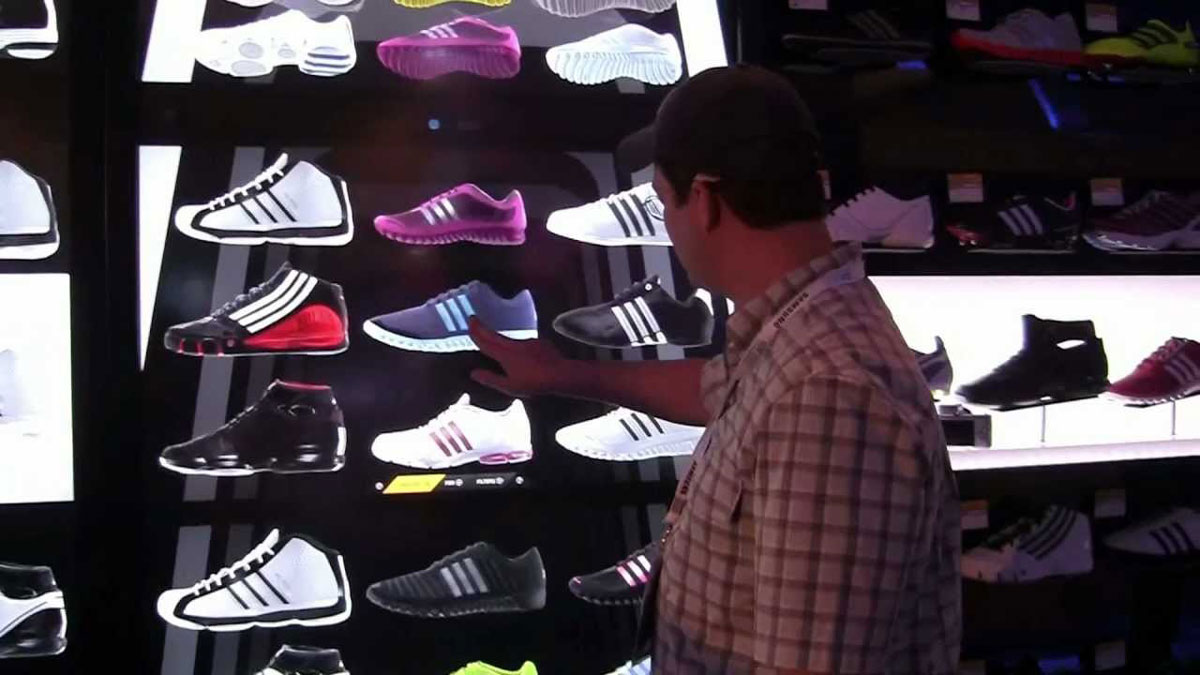
4. Emotional Connection & Brand Storytelling
Motion creates a sensory experience that evokes emotions, whether it’s excitement, urgency, or luxury.
Example: Luxury watch brands often use rotating display cases to highlight the intricate mechanics of their watches. The slow, smooth motion reinforces a sense of precision and craftsmanship, strengthening their premium brand positioning.
Implementing Motion Displays in Your Retail Strategy
While motion-based POSM is highly effective, successful execution depends on several key factors:
1. Strategic Placement
- High-traffic zones (store entrances, checkout counters, and aisle ends) maximise visibility.
- If your store is in a secluded retail space, consider motion-based directional signage to guide foot traffic.
2. Targeted Messaging
- Motion displays should align with campaign goals, whether it’s highlighting a new product, reinforcing branding, or driving impulse purchases.
- Avoid overuse — motion-heavy signage should be used strategically, especially for premium and luxury brands.
3. Technology Integration
- QR codes, touchscreens, and AR (Augmented Reality) elements enhance interactivity and encourage further engagement.
- QR codes are a cost-effective way to integrate interactivity. Most shoppers today own smartphones equipped for scanning.
Example: Many restaurants now use QR code menus, allowing customers to scan and order directly from their tables, reducing wait times and enhancing the dining experience.
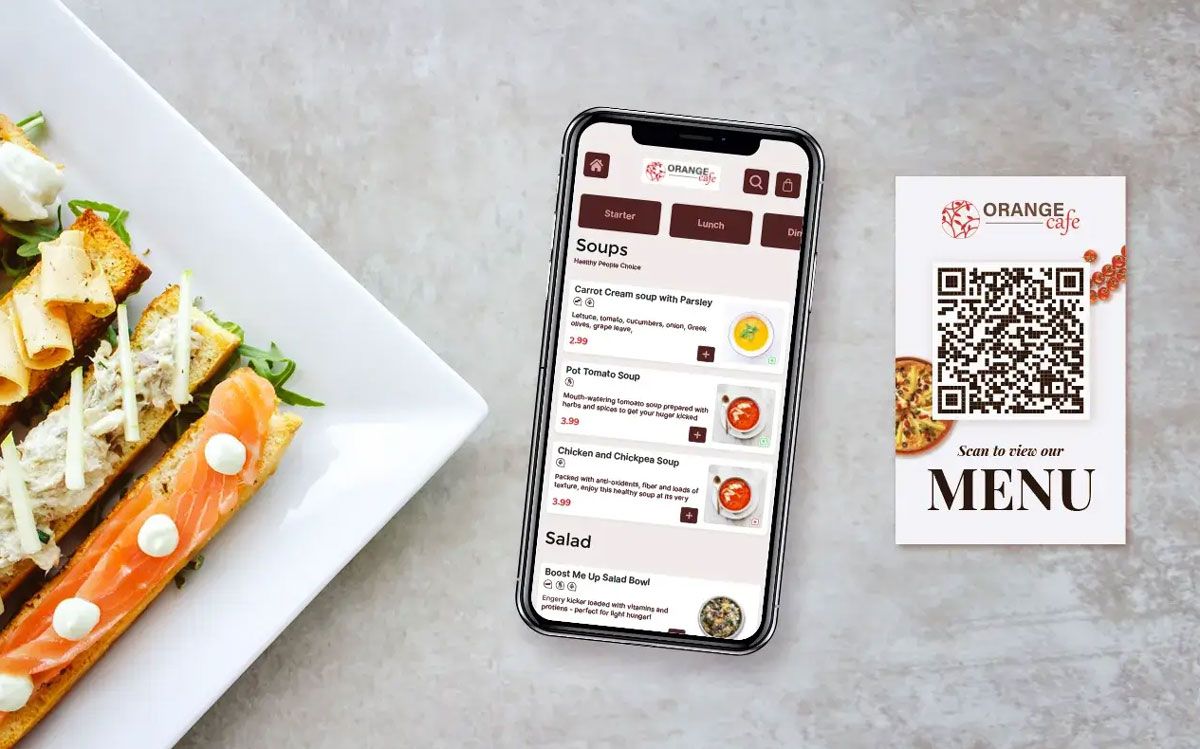
Moving In The Right Direction
The power of motion in POSM is undeniable. Whether through kinetic displays, animated signage, or interactive lighting, brands that incorporate movement into their marketing can significantly enhance shopper engagement, recall, and conversion rates.
In an era of experiential retail, brands that embrace motion-based POSM will differentiate themselves in competitive environments, creating more memorable shopping experiences and ultimately boosting sales performance.

